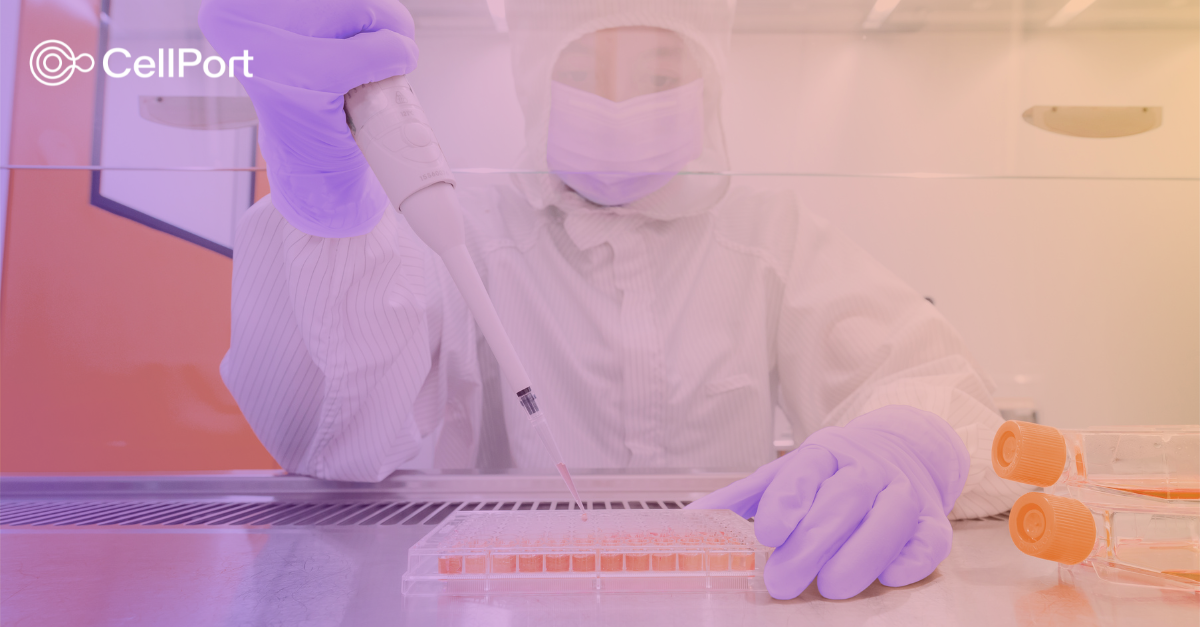

Introducing the Four T's
Laboratories dedicated to cell culture, cell banking, and cell manufacturing play a pivotal role in advancing our understanding of biology, medicine, and biotechnology. From drug discovery to regenerative medicine and gene therapy, these laboratories have become hubs for innovation, producing vital insights and applications in the medical and scientific communities.
However, the road to breakthrough discoveries and scientific advancements is consistently hampered by a laboratory's ability to manage the complex and resource-intensive processes involved with cell operations. As laboratories grapple with intensifying demands for research output, cost-effectiveness, and adherence to rigorous quality standards, the transferability, reproducibility, and continuation of the science is lost.
At CellPort, we envision a world where scientific breakthroughs occur at a more rapid pace through a more efficient, productive and collaborative laboratory environment.
The purpose of this white paper is to offer clear goals, named “the Four T’s”, for laboratories engaged in cell culture, cell banking, and cell manufacturing. By way of these goals, laboratories are better suited to prevent operational bottlenecks, reduce waste, enhance reproducibility, and accelerate scientific progress.
What are the Four T’s?
Developed through years of rigorous research and testing in life science laboratories and bioprocessing facilities, the leaders at CellPort have developed a framework that envisions how modern laboratories should function to meet ever-stringent requirements, while sustaining a culture of scientific excellence.
The Four T’s are:
The immediate objective of implementing the Four T’s is to achieve lab results that are more consistent, reproducible, scalable, and sustainable by defining a structure that helps laboratories collect and standardize data and processes over time.
Let’s dive into each of these concepts individually, starting with Traceability.
“The digital transformation of cell culture starts with a foundational cloud computing platform to standardize data and processes. With that foundation in place, it becomes possible to create “big data” collections for cell culture. Cell culture big data collections in turn unleash the ability for AI and deep learning models to leverage that information in ways that we can’t foresee. The resulting digital transformation of cell culture will bring about exponential growth in every field that it touches.Once lab data is structured, we can start looking at reliable data. Once we start looking at reliable data, we can start looking at rules. Once we get rules, we can start looking at AI. Once we get AI, we’ll see exponential growth in medicine.” – Gregory Banik, VP Operations, CellPort


.png)

.png)


